After the last couple of weeks in the fields of politics and technology, it’s beginning to feel like we’re at the verge of an era when the most farfetched science fiction will become true – not just Children of Men and Black Mirror, but also Idiocracy and They Live. (Or, to put it on a Ben Elton scale, not just Blind Faith, but This Other Eden.) Yet, even though it may seem increasingly hard to provide a sense of strangeness in such already strange times, I know I can count on this genre to continue to come up with marvelous, fascinating worlds and scenarios. For one thing, there is a truly long and proud tradition of imaginative yarns that have pulled it off on the big screen.
As immersive and exhilarating as films can be, though, today I want to draw your attention to a handful of sci-fi comics from the last decade or so that have pushed storytelling beyond cinematic effects and limitations in order to give you an experience you couldn’t get in any other medium:
THE WAKE
“You tricked us into coming a mile beneath the ocean to be trapped in a tin can with a wild animal none of us know anything about. The one thing I do know is that the thing in that tank is saying something. It’s talking to us.”
While I’m not the biggest fan of Scott Snyder’s work on Batman, one thing I like about his writing is the ability to keep a pulse-pounding momentum by constantly throwing curveballs at the reader. The ten-issue series The Wake is a perfect example of this craft: after starting out with a Michael Crichton-like nail-biter about scientists studying an eerie merman, each issue keeps upping the ante, giving the story a larger and larger scope, jumping between the distant past and far into the future, so that before you notice it you’re reading about giant squids and post-apocalyptic pirates. Impressively, Snyder keeps you invested even as he radically shifts the settings, atmosphere, and protagonists.
I can think of no one better to illustrate this book than Sean Murphy, who can basically take anything a writer throws at him and make it look amazing, whether it’s an elaborate deep ocean oil rig (‘Yes, it’s a secret. No, it’s not legal. But, it has the potential to extract nearly two hundred thousand barrels a day, so there it is.’) or a pre-historic shark jumping over the corpse of a freaking mammoth. Murphy’s textured, expansive visuals – with stylish colors by Matt Hollingsworth – are a major asset to any tale looking to reimagine the world in a way that feels at once recognizable and vastly outlandish. (No wonder Mark Millar chose the same team for Chrononauts.) And if much of the art still recreates the devices and pacing of cinema, The Wake nevertheless shows how far one can go when unrestrained by budgets or special effects…
From the early claustrophobic horror of the underwater rig sequences to the sorta New Age ending, this sprawling, ambitious ode to adventure and exploration takes you on a thrill-packed journey of the highest order.
PAX ROMANA
“Is this providence, a gift from God himself, or yet another in the long line of arrogant, Babel-like displays of humanity?”
What if the Vatican developed time travel technology and sent a bunch of mercenaries into the past to strengthen the rule of Emperor Constantine I? Such an off-the-wall high concept seems to beg for a wild and shamelessly ludicrous approach – and Jonathan Hickman is certainly no stranger to comics that are simultaneously clever, funny, and weird (such as Transhuman or The Manhattan Projects). Yet Pax Romana plays its preposterous premise completely straight.
Sidestepping anachronistic action scenes, Hickman focuses on the theological and technical discussions surrounding the mercenaries’ mission and – even when rendering these in the form of extended transcripts – manages to make them engrossing as hell. He has a knack for forceful, riveting lines: ‘We will do whatever it takes to destroy the past and create a greater future.’; ‘This will be a mission of enlightenment, not conquest or thuggery.’; ‘Your life of misdirected violence has come to an end – from here on out, there is pardon for your sins.’ – there are just so many of these…
It also helps that Hickman’s unparalleled sense of design smoothly draws you in, shaping the narrative through footnotes, maps, and infographics that would look out of place on a more conventional book but which are perfectly integrated here. I especially love the way the first chapter drops hints about the strange future in which the original timeline begins.
Underneath Pax Romana’s psychedelic colors, experimental layouts, and inventive approaches to infodumping, there is a terrific speculative tale about religion and imperialism, projecting their logical outcome if faced with the possibility of an extra-temporal crusade.
HOTWIRE
“Nuke them alphabetically. I think it displays a feeling of casual contempt.”
How can a series rock this hard and practically fade into obscurity? In a cyberpunk dystopia where the dead began drifting into cities all over the world, grazing off the electromagnetic waste of a billion wirelessly connected consumables, Detective Exorcist Alice Hotwire rides around in a motorcycle chasing ghosts (officially called ‘blue-lights’ or ‘transient ego-forms’).
Based on a story idea from Warren Ellis, phenomenally developed and brought to life by writer/artist Steve Pugh, Hotwire is such a kick-ass character: the brilliant, snarky daughter of a hippy hacktivist, she is both a tough cop (at the Necro-Forensics Department) and an idealist crusader against the abuses of the police force. What’s more, like the hero of Mike Carey’s very cool Felix Castor series, Hotwire is an exorcist who doesn’t believe in ghosts, which makes her all the more pissed off at the damned ‘blue-lights’ for apparently flying in the face of science.
That said, while Felix Castor combines noir mystery with occult horror, Hotwire is hardcore sci-fi all the way. Its futuristic world is fully fleshed out, with Pugh sprinkling clever details all over the art and dialogue.
There are two Hotwire mini-series and both have been collected, as ‘Requiem for the Dead’ and ‘Deep Cut.’ Much like Steve Pugh’s earlier cult-worthy masterwork, the fabulous Shark-Man – which, rather than just another superhero shark comic, is basically Batman-on-acid (and if you think Batman stories already feel like an acid trip, then imagine Batman-on-even-more-acid) – these comics may not be easy to find, but they’re damn well worth the effort to track down!
BLACK SCIENCE
“We call this construct “the onion.” Layer upon layer of parallel dimensions. The Pillar is a tool that pushes through these layers, allowing us to travel to these other worlds. Each layer represents an immeasurable number of realities, each created from the choices made by every living being in the universe. Once we map them, we can find the solution to every problem mankind faces.”
After the sabotage of a machine designed for interdimensional travel, Grant McKay and other ‘dimensionauts’ of the Anarchist League of Scientists become doomed to run throughout the Eververse, randomly skipping from one parallel planet to the next. The whole thing is pretty much style over substance, but what an entertaining style it is: always one to downplay scientific rigor in favor of balls-to-the-wall excitement (‘We have to go to the center of the onion’), writer Rick Remender never lets the series slow down for long, filling each issue with desperate chases and killing off regular characters – usually through laser decapitations – while quickly establishing a plethora of alternate realities, like the one in which Native Americans invaded Europe or the one in which Egyptian pharaohs evolved into gangsters. This is a viciously frantic and delirious comic, particularly suited for fans of the latest Guardians of the Galaxy.
And, above all, it looks great. Not only does Matteo Scalera populate the various worlds with all sorts of fantastical creatures and vegetation, he tends to sprinkle many of the panels with inkblots, giving the comic a punk look that enhances the overall unhinged, cartoony vibe. The result is pure eye candy, especially in the early issues, which were painted by Dean White:
On top of the sci-fi trappings, the dimension-hopping framework allows Black Science to merge different genres, from war stories to sword & sorcery, from retro-futuristic dystopias to dark fairy tales. There are quirky spins on tropes such as anthropomorphic animals and ultra-violent superheroes, not to mention obvious echoes of Remender’s beloved cosmic adventure series Fear Agent.
CAPTAIN VICTORY AND THE GALACTIC RANGERS
“Let our Tiger batteries sing their fiery hymn of destruction!”
Speaking of pulpy cosmic adventure: originally created by the insanely prolific Jack Kirby in 1981, Captain Victory is the commander of the Dreadnaught Tiger, a spaceship used by the Galactic Rangers as they protect the galaxy from threats like the evil Insectons and Paranex, the Fighting Fetus. A key gimmick is that Captain Victory keeps bravely dying and his memories are then transferred to one of multiple contingency clones. Also – and even though this is not a DC comic – he is probably the grandson of Darkseid. Plus, the whole thing is ultimately a goofy allegory about tolerance and war and the future of mankind and the purpose of life. (Yep, Kirby was awesome.)
After a few unremarkable attempts to revive this property, Dynamite finally struck gold a couple of years ago with a six-issue mini-series by the wonder team of writer Joe Casey, artist Nathan Fox, colorist Brad Simpson, and letterer Simon Bowland (with additional art by Jim Rugg, Ulises Farinas, Michel Fiffe, and Jim Mahfood, among others). The story, told on overdrive, kicks off with an attack on Dreadnaught Tiger that destroys Captain Victory’s body bank, which leads to the jettisoning of two clones that haven’t finished downloading the captain’s identity yet (one is a teenager who ends up in late-70s’ New York City, the other is a reused corpse who becomes a space barbarian). The crew then tries to track down the lost clones, physically and telepathically.
The series’ creative team does a stupendous job of channeling Jack Kirby at his best – rather than going for a straight-up pastiche of Kirby’s style, they capture the spirit of his most memorable comics, making each page an explosion of color and energy and mind-expanding ideas and weird-looking aliens shouting stuff like ‘Make room for the uber-evolved!’ Moreover, Joe Casey has a field day with the implied connection between Captain Victory and the New Gods, sneaking into the climax a number of nods to Kirby’s masterpiece, The Fourth World.
(It’s a shame Casey hasn’t given us a follow-up to this mini-series, but at least Fabian Rangel Jr and Alexis Ziritt have been cranking out what feels like a fucked up homage to Kirby’s Captain Victory in the form of their Space Riders comics.)
NAMELESS
“The being we call God is a deranged prisoner of war from another universe? Jailed on an asteroid? Itself the remnant of a lost world?“
Grant Morrison’s return to twisted, esoteric science fiction – a la The Invisibles and The Filth – opens with a convoluted dream heist sequence before shaping up into a gory yarn about an occult consultant on a mission to prevent a brutalist-looking asteroid from colliding with Earth. However, Nameless gradually unravels layers upon layers, especially after multiple readings, so that what you think is the main plot may be a secondary dimension of the story, the obvious heroes turn out to be the villains, and a space action thriller becomes a mystical horror tale of epic proportions. (In other words, after oudoing Christopher Nolan’s Inception, it goes on to outdo Ridley Scott’s Prometheus.)
More than the abundance of brain-scratching concepts, what makes Nameless such an incredible ride is its non-linear narrative. The comic keeps bombarding you with scattered information, targeting your subconscious with cryptic lines of dialogue, disconnected images, obscure references, shifting color palettes (courtesy of Nathan Fairbairn), and recurring themes (so many keys and doors!). This makes for a confusing read at first, but once it clicks, you’ll find yourself rearranging all the elements in your mind.
Adding to this effect, Grant Morrison’s partner in crime is the wonderful Chris Burnham, whose art is full of disorienting angles and overwhelming visuals.
Morrison explained some of their approach in the book’s back matter: ‘From the expressionistic panel shapes and page layouts to the multi-levelled, entangled symbols and irrational, dreamlike cadence, Nameless was to be a work of nightmare logic, incorporating within its sticky web a number of horror story tropes: possession, home invasion, cosmic monsters, visceral gross-out scenes, existential nihilistic despair, a séance in a haunted house, serial killers, Hell and the breakdown of civilization into barbaric chaos, among other classics of the genre.’ By fusing these tropes with Mayan and cabalistic mythology (along with other magical and philosophical traditions), Nameless gives us an unforgettable alien invasion saga where the alien is ultimately an idea that has already invaded us.
NEXT: Batman in Vietnam.

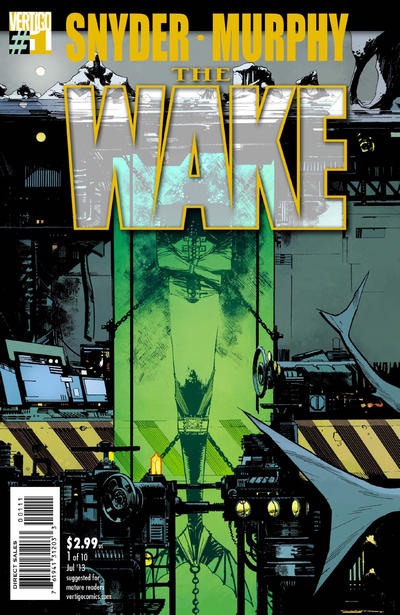
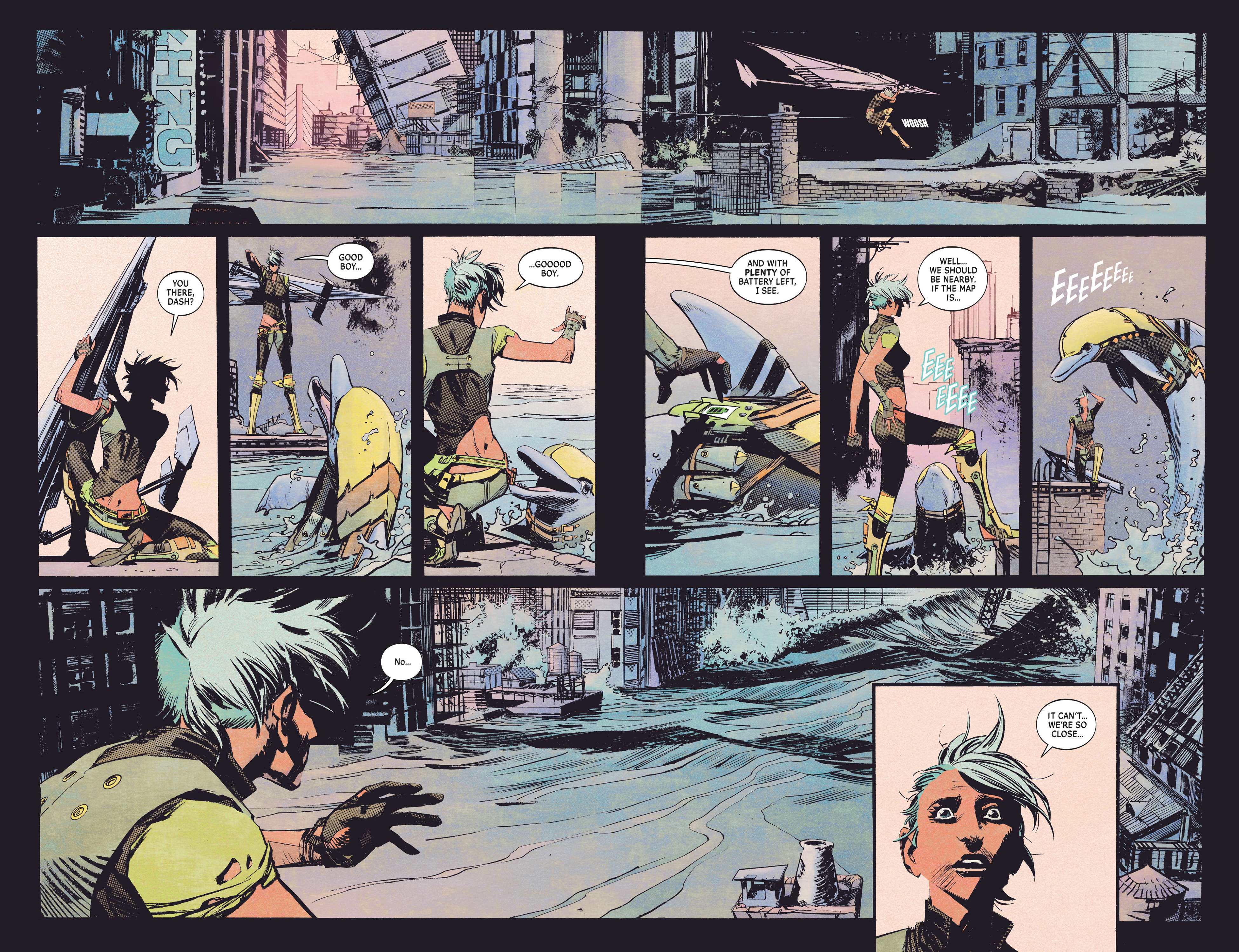

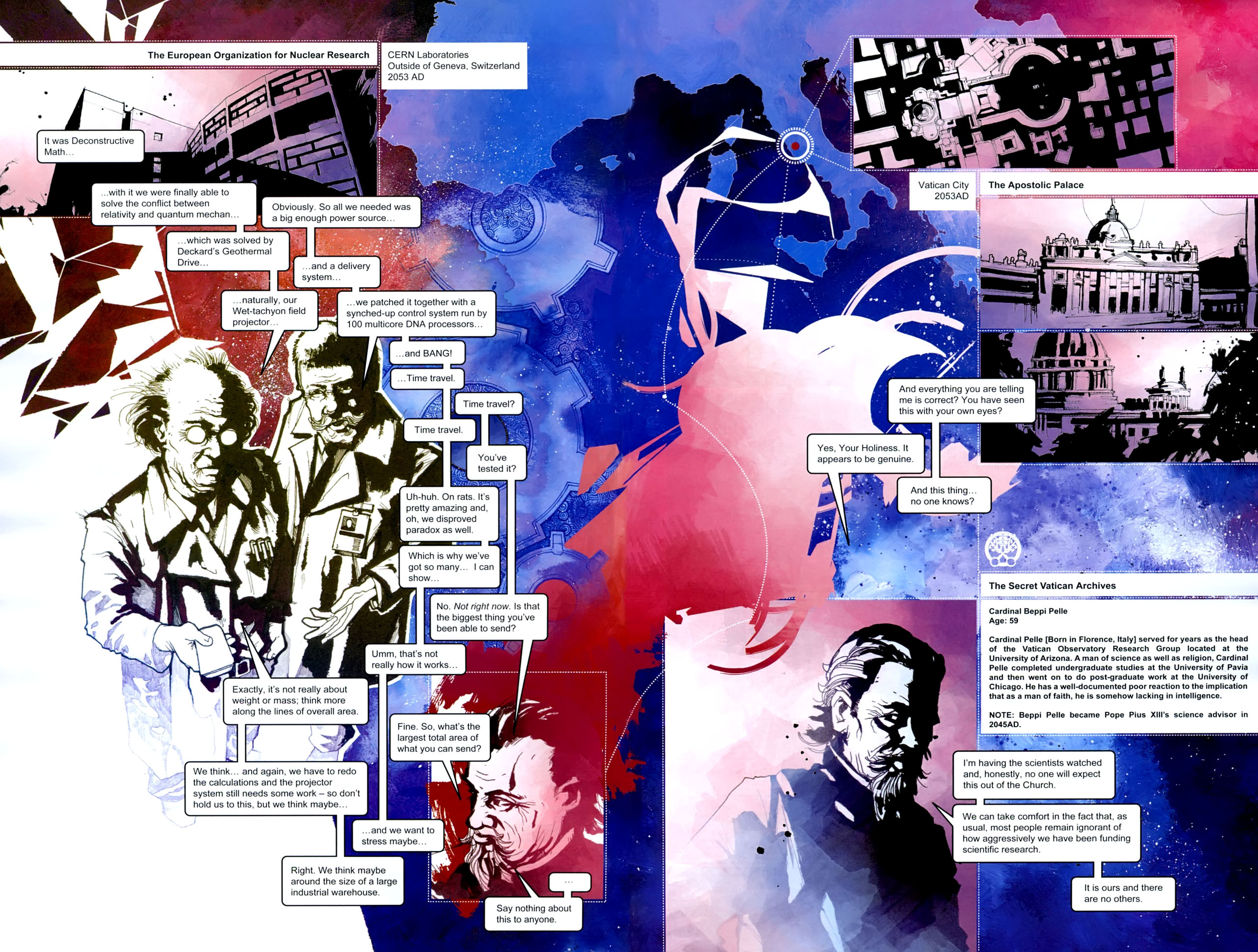
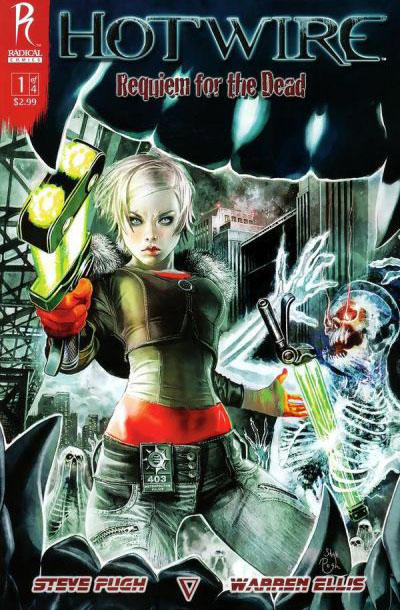
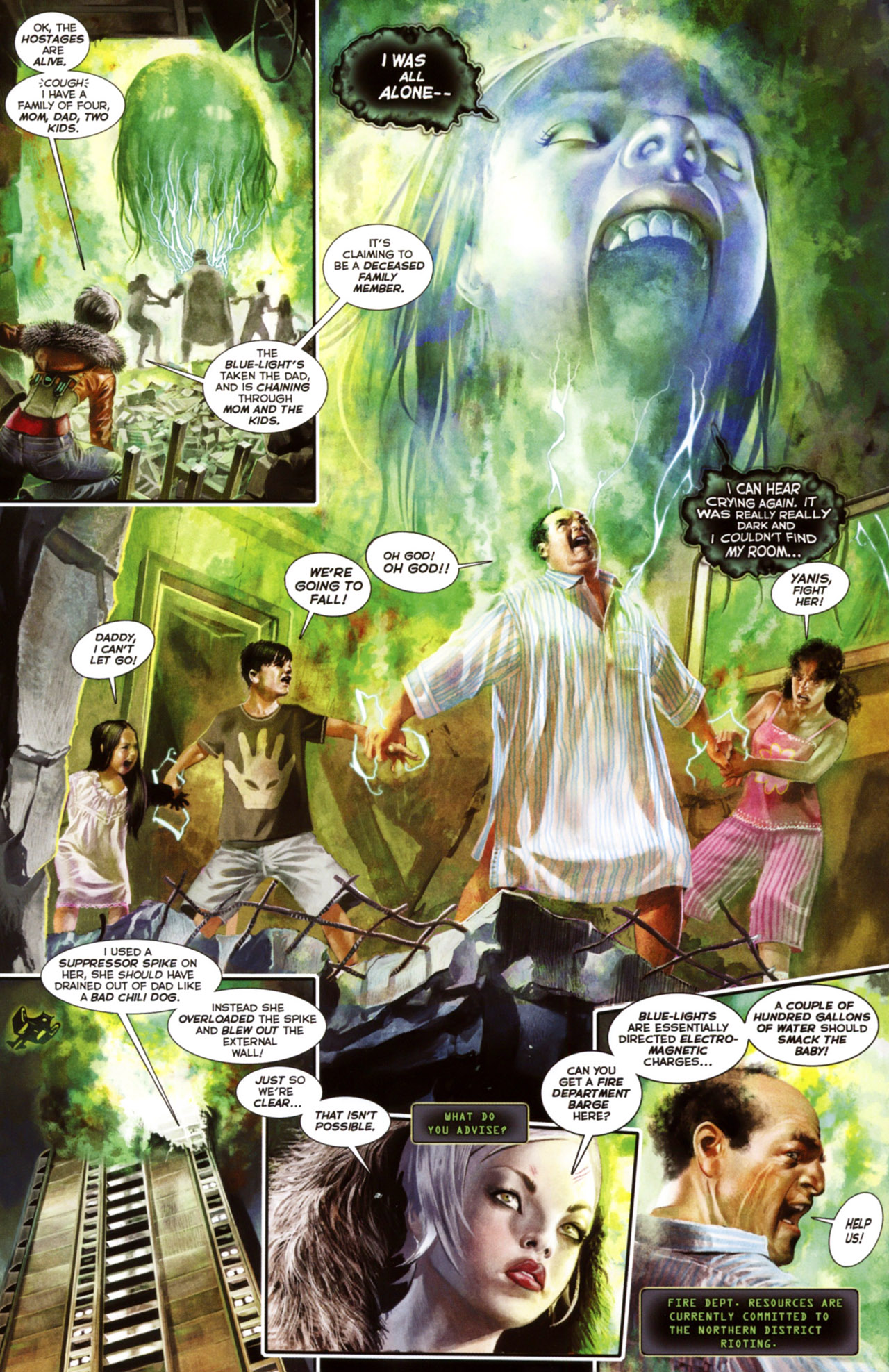

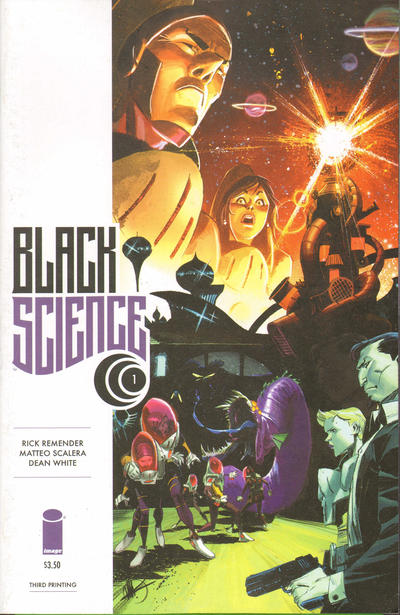
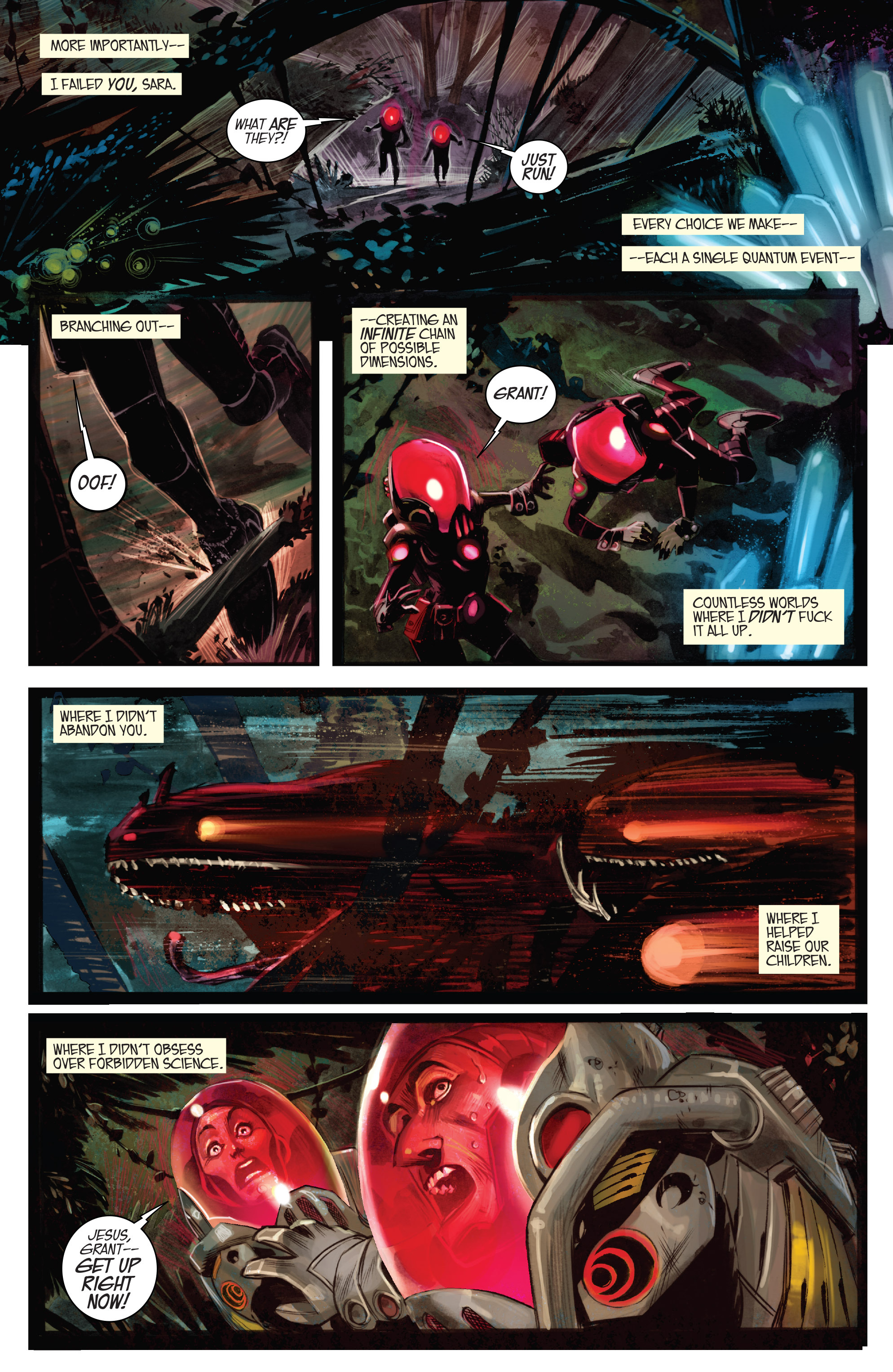
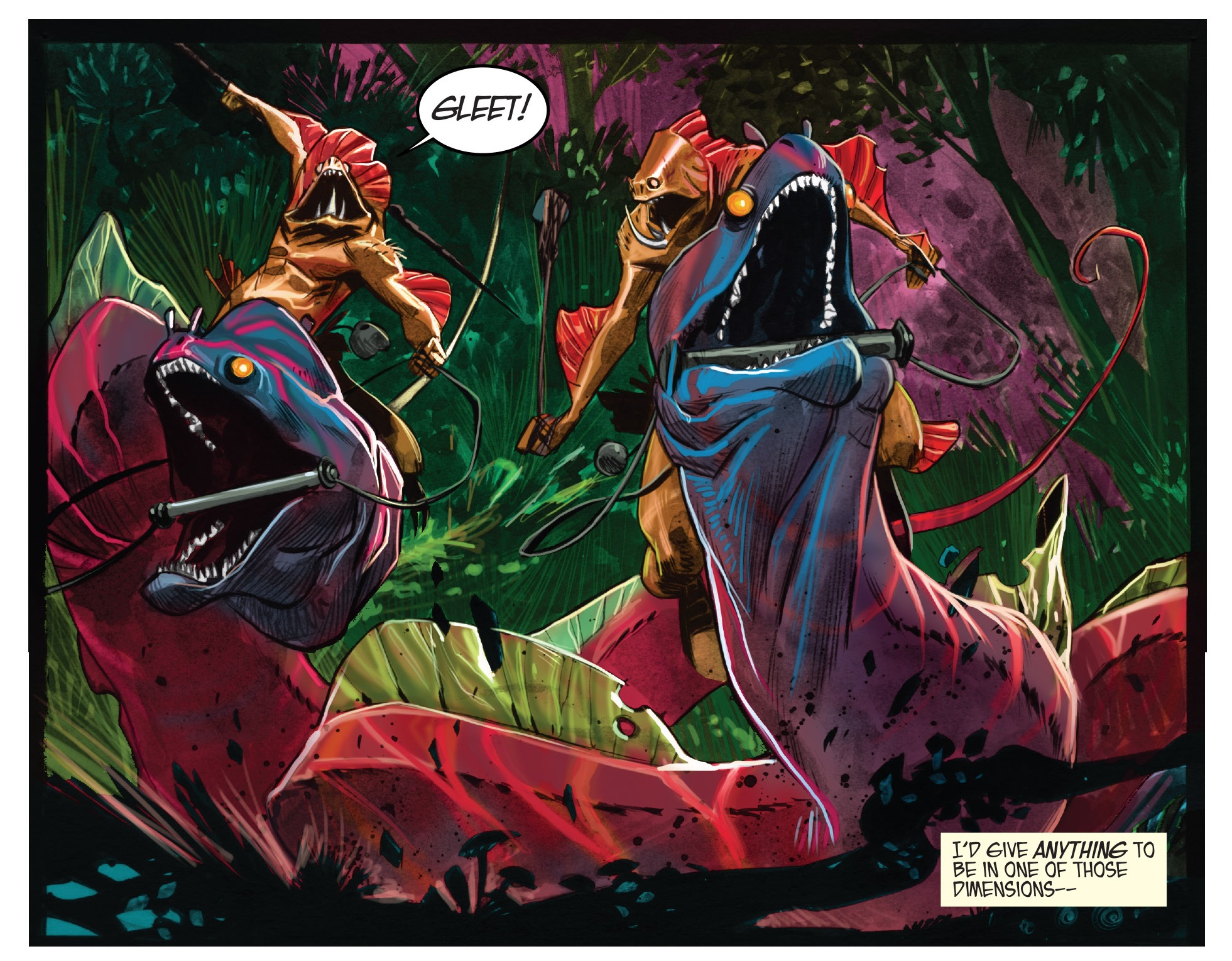
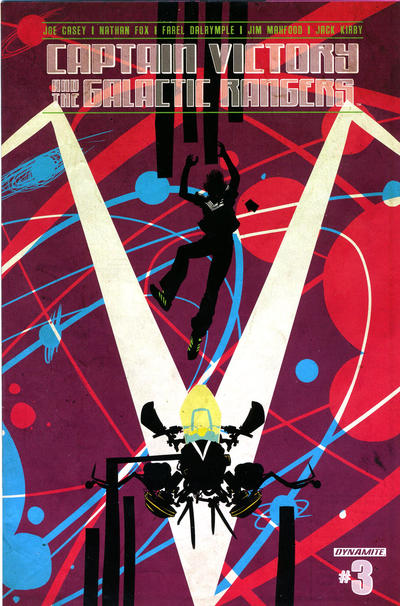
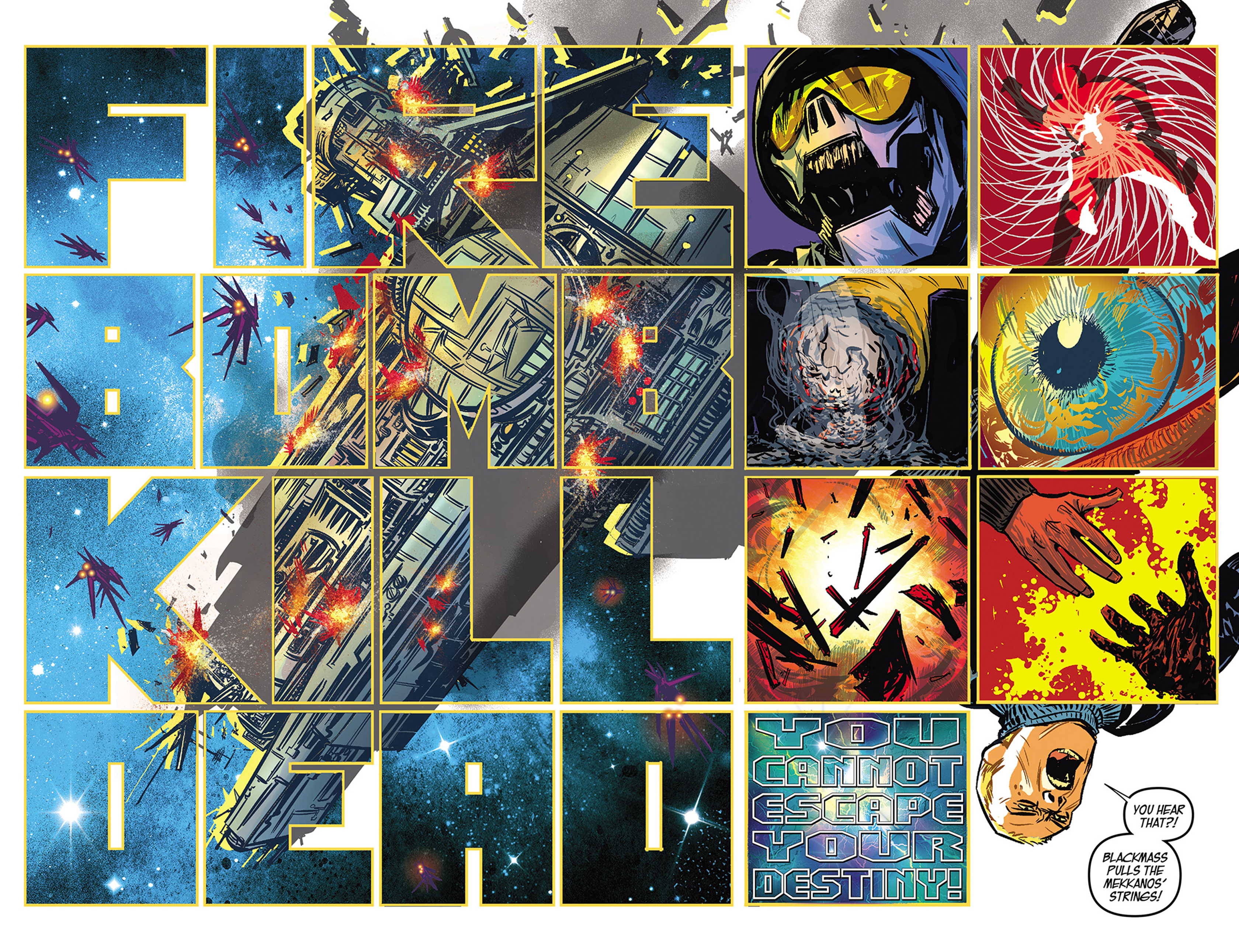
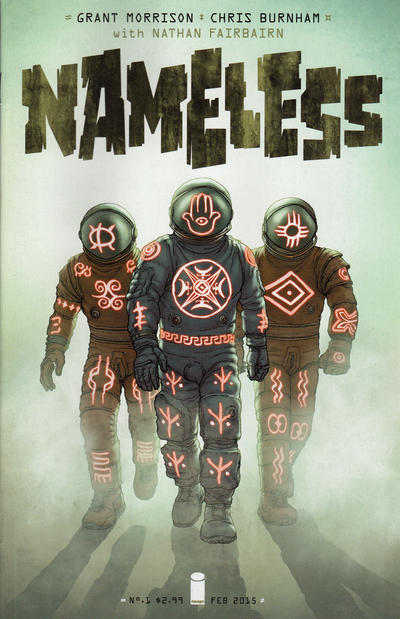
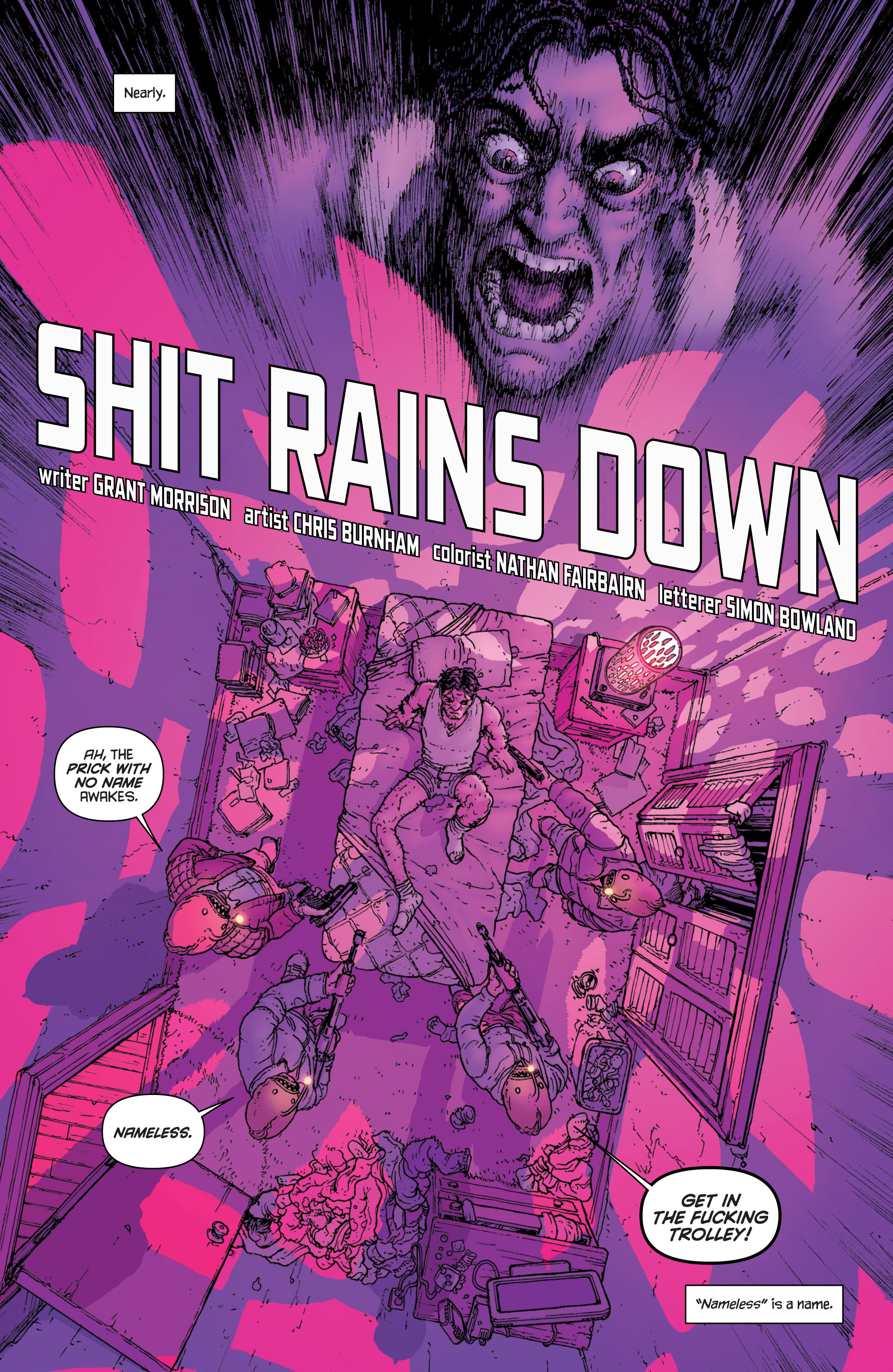
Your not a fan of Scott Snyder’s Batman???? Why not? I’m interested because I think it’s one of the best runs on the character and most of the arcs besides Super heavy are great. I love his pulpy writing style and his introspective renaissance man batman who is trying to be more than human and who tries to fight very real world modern fears just as dennis oneil and frank miller’s batman did in the 70s and 80s. After Im done doing my series of indepth reviews on Morrison’s Batman. I think I might do snyder’s batman. There is so much there, and it gets better the more you read and look into it.
I also think he has explored Batman’s mortality, family relationship, and connection to Gotham better than any writer has.
I dug Snyder’s run on Detective Comics, but his New 52 stuff felt *very* hit-or-miss to me – for every cool sequence or idea, there was some extremely derivative plotline or too much of an effort to shock (I guess the Joker removing his face was supposed to be creepy or funny, but it mostly looked desperate). In fact, I stopped regularly reading the main Batman title for the first time in several years, which is why this blog tends to focus on older stuff…
That said, I’ll wait for your indepth look at Snyder’s work and then binge-read the whole thing from my local library!